Do you need a power meter to become a better cyclist?
Starting from the idea that the best cyclist is not the one who moves the most watts, but the one who manages to get from "point A" to "point B" first. The power meter is just another tool to improve performance. Here are some ideas for those who don't have or don't want to train with a power meter.
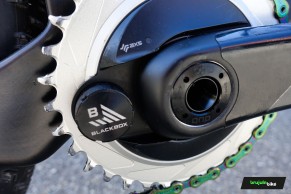
What does the power meter really do?
The power meter provides us with more data on each training session and a good management of all this information can allow us to be more accurate. Is it really necessary to continue improving?
It will mainly depend on where you are at. The first thing you should think about is whether you are following a training plan according to your goal. This will undoubtedly make you improve a lot more.
RECOMENDADO

How to wash your cycling clothes? 10 keys to make them always look new

The real importance of signing up for a race
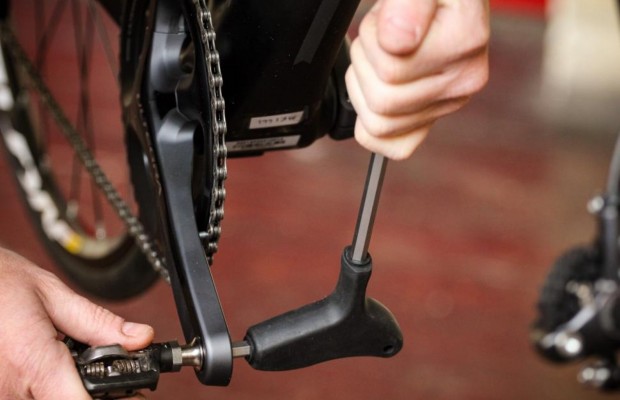
How to change the pedals of any bike in 5 steps
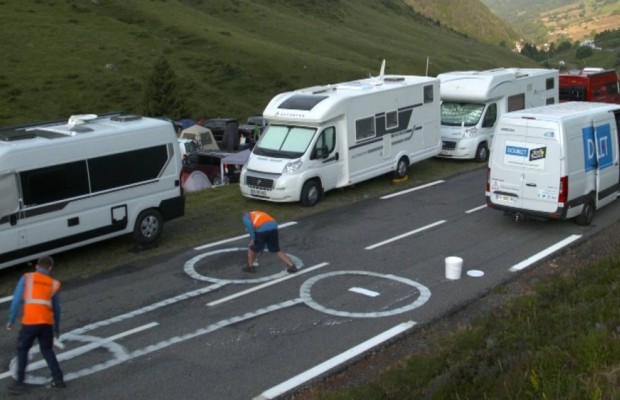
This is how they erase the penises that are drawn on the roads of the Tour de France
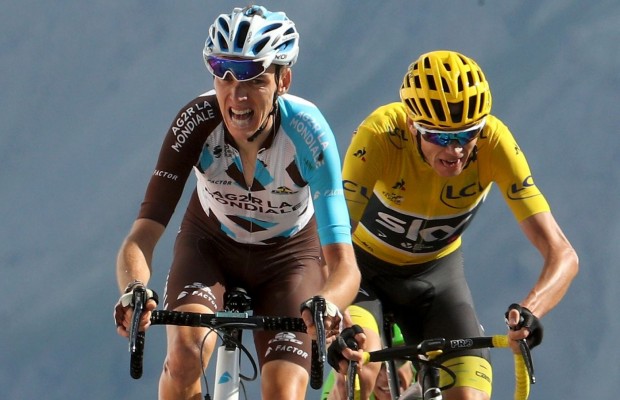
How to lose body fat? Differences between losing weight and losing fat
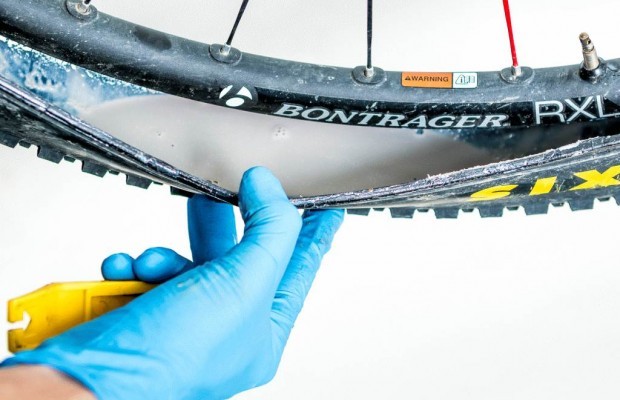
When must the tubeless tire sealant be replaced? What quantity?
If we have a good training structure, we can find other cheaper tools to replace the watts and continue to improve.
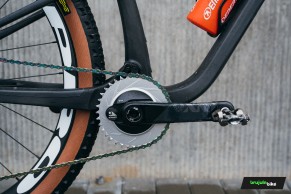
How to train and improve without a power meter?
The watts are often used to understand at what intensity you should go during your workouts, intensity zones are determined and each interval corresponds to an increasing intensity.
By simply knowing the sensations you should have in each of these zones and/or the time limit that has been studied that you can spend there, you might be able to do the same training with or without a power meter.
This will take some time to educate yourself about your perception of effort. But it can be just as effective as tracking watts.

(Mikel Zabala)
For example, if we had a power meter, we would train to improve our UPF (Functional Power Limit) by doing 4 intervals of 15 minutes at the watts associated with Zone 4.
However, this same training can be done by doing 4 intervals of 15 minutes at a pace that we feel we would be able to maintain for an hour until exhaustion, at which point we will have the sensation of "going with the hook".
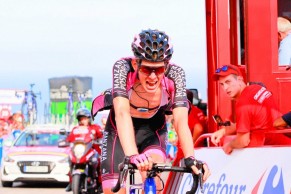
Another alternative, or complement, is to use heart rate as a guide. Although it has some disadvantages compared to power in terms of variability, it is a very valid and very economical tool. Who doesn't have a pulse band that can be connected to a heart rate monitor or smartphone?
With it you can also set intensity zones and take them as a reference when training.
In the example above, this would be going at x beats per minute for 15 minutes four times.
By combining heart rate and effort sensation, we can train methodically without missing the power meter to improve.
After all, the body does not understand watts and numbers, but stimuli that force it to create adaptations and therefore improve our fitness. And that can be achieved without a power meter without a doubt.
Text by Pablo RAL, graduate in Physical Activity and Sport Sciences, Master in high performance in cyclic sports and trainer specialised in endurance sports.